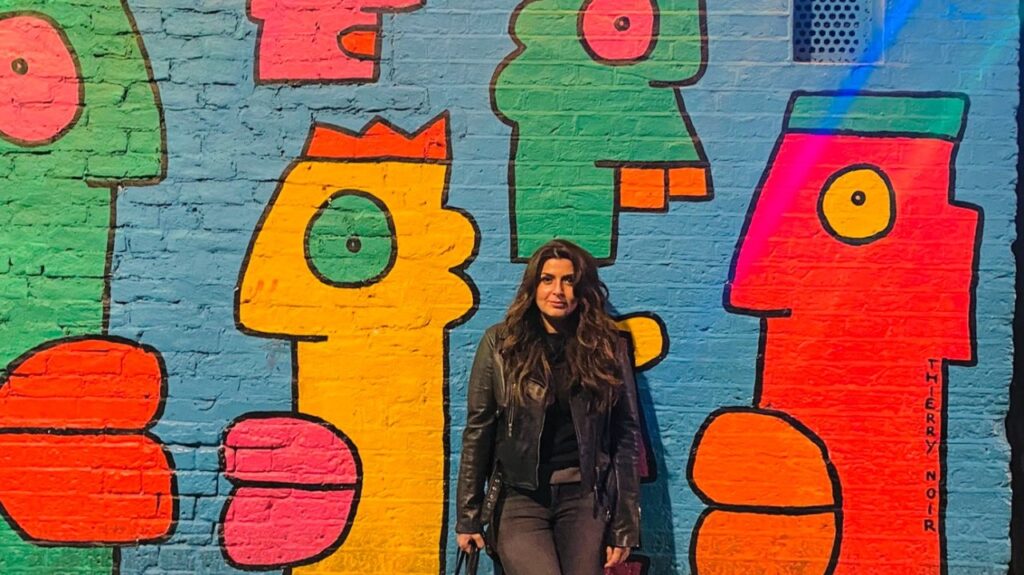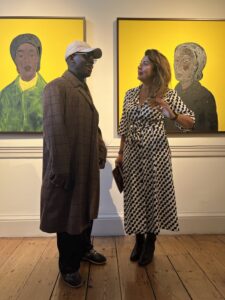
From Vision to Reality: Cultural Placemaking – Building Communities, Not Just Buildings
October 16, 2024
As the dust settles on another eclectic season of art fairs in London, I have been reflecting on the role these events play in our cultural landscape. From Frieze London in Regent’s Park to 1-54 Contemporary African Art Fair at Somerset House, these gatherings serve as more than just marketplaces – they’re vibrant hubs of artistic exchange and cultural placemaking.
A standout moment for me was encountering Sands Murray-Wassink’s piece “Culture is Not a Competition” at the Diez Gallery stand in Frieze Art Fair London. As someone deeply invested in accessible, socially engaged art, this work resonated strongly with my belief in the collaborative nature of creativity. It’s a powerful reminder of how art can challenge our perspectives and foster community.

Sands Murray-Wassink’s piece “Culture is Not a Competition”, 2024
Over at 1-54, I was captivated by Nádia Taquary’s Orikis series. Her intricately carved wooden heads, adorned with beads and traditional materials, beautifully bridge Afro-Brazilian heritage with contemporary expression. Taquary’s work exemplifies the fair’s commitment to showcasing diverse voices and challenging Eurocentric narratives.

With Michael Burgess at 154 Art fair, Somerset House, 17 October 2024
These fairs serve multiple stakeholders:
- Artists gain international visibility
- Galleries connect with new collectors
- Curators discover emerging talents
- The public engages with cutting-edge art
But beyond these individual benefits, art fairs play a crucial role in democratising access to contemporary art. Through public programmes and talks, they invite broader participation and foster cross-cultural dialogue. It’s worth noting that Frieze Sculpture, curated by Fatoş Üstek and running until 27 October, is a particularly accessible highlight. This free outdoor exhibition in Regent’s Park allows the wider public to engage with world-class art without financial barriers.
However, it’s important to acknowledge the challenges associated with art fairs. The commercial pressure can sometimes overshadow artistic merit, and the high costs of participation can exclude smaller galleries and emerging artists. There’s also the environmental impact of international travel and temporary installations to consider.
Despite these challenges, events like Frieze and 1-54 remain cultural catalysts, pushing the boundaries of artistic discourse and contributing to a more inclusive art narrative in the heart of London. They remind us of art’s power to bring people together, challenge perspectives, and shape our cultural landscape.
As we look to the future of the art world, it’s crucial to address these challenges while preserving the vital role fairs play in cultural exchange, discovery, and inspiration.
What are your thoughts on the role of art fairs in today’s cultural ecosystem? How can we balance their benefits with their challenges? I’d love to hear your reflections in the comments below.
#ArtFairs #CulturalPlacemaking #ContemporaryArt #FriezeLondon #154ArtFair

